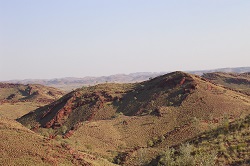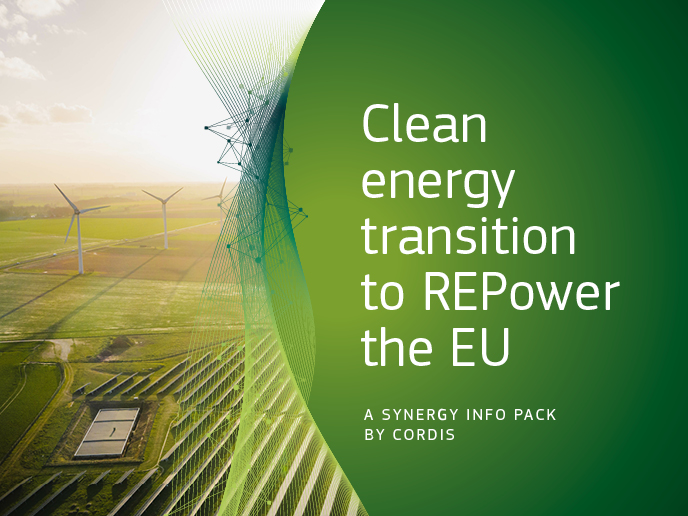Exploring the atmosphere of the ancient earth
EU researchers have created a window into conditions on the earth’s surface more than three billion years ago by means of high-precision direct analysis of geochemical tracers. The NOGAT project team did so by looking at noble gases — elements which are chemically inert and so are not altered by geochemical reactions — and mainly stable elements such as nitrogen as part of a six-year project which ended recently. To do so, the team developed a multi-collector mass spectrometry analysis of noble gas isotopes which achieved measurements at the per mill level, the first time this has ever been measured so precisely. This was complemented by the analysis of samples from comets, the moon, Mars, primitive meteorites and solar wind as well as ancient sediments and gases from the earth’s deep mantle. Asteroids and comets The researchers demonstrated two cosmochemical origins of the earth’s atmosphere. ‘Probably the earth was formed in a dry environment and volatile elements were contributed by inner solar system bodies similar to asteroids,’ says Bernard Marty, project coordinator and professor of geochemistry at France’s Centre de Recherches Pétrographiques et Géochimiques of the French National Centre for Scientific Research or CNRS and the University of Lorraine. Comets provided a second source which, though minor, was significant for some materials. ‘It was probably not significant for water or nitrogen, but it might have been significant for organic matter,’ says Professor Marty, ‘I am not saying that life came to earth on a comet but what I am saying is that pre-biotic material was contributed by comets.’ Tracing the evolution of the noble gas xenon through time gave special insights. Working with geologists, the team gathered Archean rocks from the earth’s deep mantle and analysed the gas trapped in tiny bubbles inside these rocks that were formed 3.5 billion years ago. They demonstrated that xenon in the Archean atmosphere was isotopically intermediate between that found in meteorites and modern-day xenon, providing evidence that xenon was lost to space through time ‘through ionisation in the atmosphere by violet light from the ancient sun,’ says Professor Marty. Nitrogen, on the other hand, was found to be similar in both pressure and composition at that time compared to today’s levels. ‘This means that the earth was already shielded from interaction with outer space for nitrogen, but xenon was still interacting,’ says Professor Marty. New information The evolution of atmospheric gases and what this says about the evolution of the earth itself has often been studied using indirect methods, but Professor Marty is confident that interpreting the direct analyses achieved by the NOGAT team is shedding plenty of new light on an age-old problem. ‘We have got constraints on the interaction of the sun and the earth’s atmosphere and on the so-called Faint Sun Paradox and the problem of greenhouse gases in the past,’ he says. The project has led to the publication of thirty-three papers, including six in ‘Science’, three in ‘Nature’ and three in ‘Science Advances’. The work has been cited over 650 times since 2011. More recently Professor Marty has been contacted by various teams working on space missions and asked to contribute, indicating this area of research is a hot topic not just for the geochemists but also for astrophysicists.







